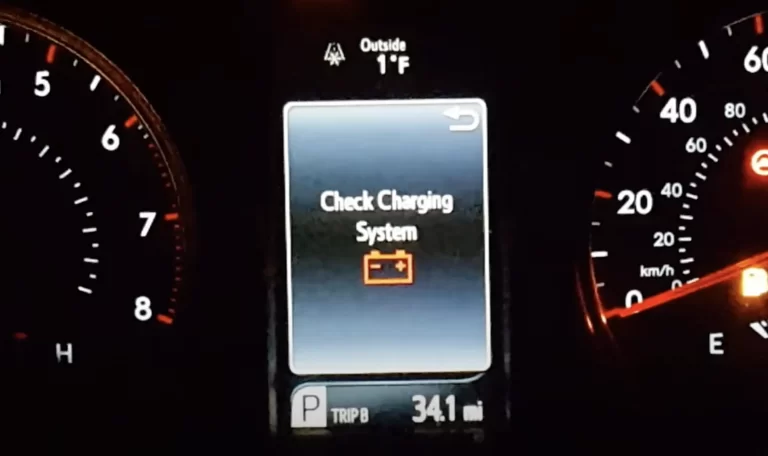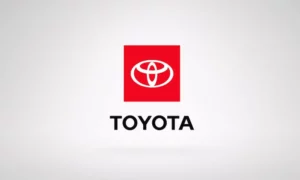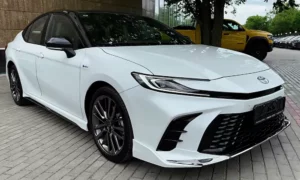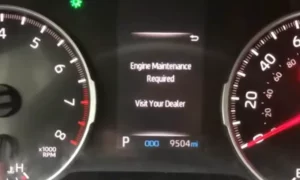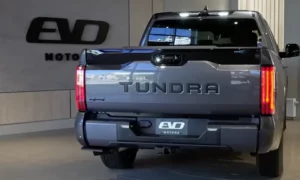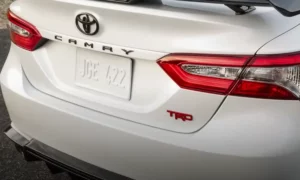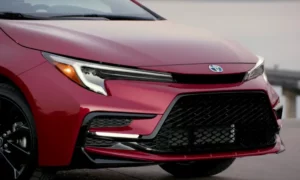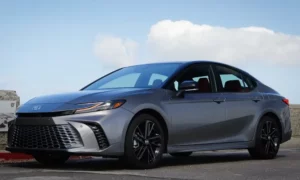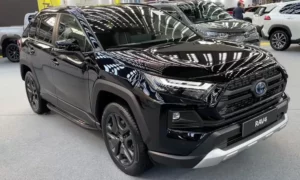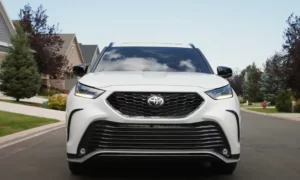Ever seen that dreaded “Charging System Malfunction” warning light pop up on your Toyota’s dashboard? Your stomach sinks as you wonder if you’ll make it to your destination. Don’t worry – while this warning shouldn’t be ignored, understanding what’s happening can save you both stress and money.
What Does the Toyota Charging System Malfunction Warning Mean?
When your Toyota displays this warning, it’s telling you something’s wrong with the system that keeps your battery charged while driving. In simple terms, your car can’t properly recharge its battery, meaning you’re running on borrowed time with whatever charge remains.
The warning is normal when your key is in the accessory position (engine off), but if it appears while driving, you need to take action. Your car is essentially telling you: “I can’t keep my battery charged, and I might leave you stranded soon.”
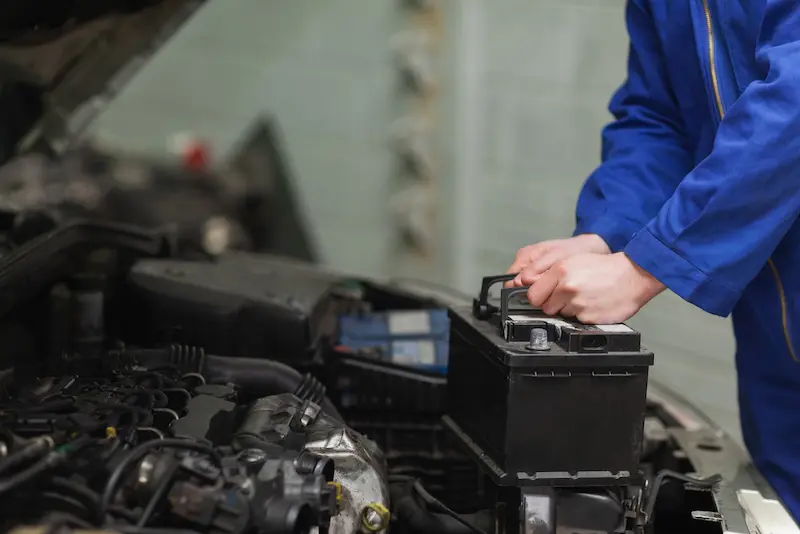
Common Causes of Toyota Charging System Problems
Battery Issues
Your battery is the most likely culprit behind charging system warnings:
- Aging Battery: Most car batteries last 4-5 years. If yours is approaching this age, it might be struggling to hold a charge.
- Corroded Connections: White, green, or blue powder on your battery terminals prevents proper electrical flow.
- Loose Connections: Battery cables that aren’t properly tightened can cause intermittent charging problems.
- Wrong Battery Type: Some Toyota models (especially hybrids) need specific battery types like AGM (Absorbent Glass Mat) batteries to function properly.
Alternator Problems
Your alternator generates electricity while the engine runs. When it fails, your charging system goes down:
- Failed Alternator: A completely dead alternator can’t produce any electricity.
- Worn-out Brushes: The internal components that transfer electricity can wear down over time.
- Decoupling Pulley Issues: On some Toyotas, the alternator pulley might spin while the alternator itself doesn’t, preventing charging.
- Faulty Voltage Regulator: This component controls electricity output – if it fails, your charging system won’t work right.
Wiring and Connection Problems
The invisible culprits that are easy to miss:
- Blown Fuse: A simple blown fuse in the charging circuit can disable the entire system.
- Damaged Wiring: Cracked insulation or broken wires interrupt the charging path.
- Loose Connections: Connections at the alternator or other points might work themselves loose over time.
- Ground Issues: Poor ground connections affect your entire electrical system.
Warning Signs To Watch For
Don’t wait for the warning light! Watch for these early signs:
- Headlights that dim when idling but brighten when revving the engine
- Electrical accessories (radio, power windows) that work slowly
- A car that’s increasingly difficult to start
- Strange electrical behavior (flickering lights, inconsistent gauges)
- Battery warning light appearing alongside charging system warnings
- Unusual noises coming from the alternator area

How to Diagnose Toyota Charging System Problems
Basic Checks You Can Do Yourself
Before heading to a mechanic, try these simple checks:
- Visual Inspection: Look for obvious corrosion on battery terminals, damaged wires, or loose connections.
- Check Battery Age: Most batteries have a date code stamped on them. If it’s over 5 years old, that’s likely your issue.
- Listen to the Alternator: A failing alternator often makes unusual noises – whining, grinding, or rattling sounds.
- Headlight Test: At night, with the engine running, rev the engine slightly. If your headlights get significantly brighter, your alternator is likely struggling.
Testing with Basic Tools
If you have a multimeter, you can get more definitive answers:
- Battery Voltage Test: With the engine off, a healthy battery should read around 12.6 volts.
- Running Voltage Test: With the engine running, your voltage should be between 13.7-14.7 volts. Lower readings suggest alternator problems.
- Load Test: Turn on headlights, AC, and radio. Voltage shouldn’t drop below 13.5V. If it does, your charging system is struggling.
Professional Diagnosis
For definitive answers, professionals can:
- Perform comprehensive electronic system scans
- Conduct alternator output tests
- Check for specific Toyota error codes
- Inspect harder-to-reach components
- Perform specialized hybrid system diagnostics
Model-Specific Charging Issues
Toyota RAV4 and RAV4 Prime
RAV4 models have some unique charging quirks:
- 2018-2020 RAV4s sometimes display charging warnings due to loose battery connections even when everything looks tight
- RAV4 Primes may show “Hybrid System Malfunction” when charging due to relay switch issues
- Many RAV4 owners report temperature-related charging issues, especially in hot weather
- Some RAV4s suffer from premature alternator wear, showing symptoms around 50,000-70,000 miles
Toyota Highlander
Highlander owners face several common charging issues:
- Persistent “battery charging” messages often trace back to loose battery clamps that weren’t properly tightened during service
- Highlander Hybrids specifically require AGM batteries – standard batteries cause warnings
- Some Highlanders have alternator cooling issues that cause premature failure
- Electrical accessories drawing power when the vehicle is off can trigger warnings
Toyota Prius Prime
The Prius Prime has several documented charging system quirks:
- 2023 models have a known issue with the plug-in charging system that Toyota is addressing through Technical Service Bulletin TSB-0054-23
- The problem appears related to the charging system assembly and is often triggered by high temperatures
- Earlier Prius Prime models (2022 and earlier) may have issues with the 6.6kW charger sub-assembly or DC converter
- Some Prius Prime owners report charging problems that resolve temporarily after battery disconnection/reset
DIY Fixes for Charging System Issues
Many charging problems can be solved without a mechanic:
Clean Battery Terminals
- Disconnect both battery cables (negative first)
- Mix baking soda with water to make a paste
- Scrub terminals and cable ends with an old toothbrush
- Rinse with water and dry thoroughly
- Reconnect cables (positive first, then negative)
Check and Tighten Connections
- Ensure battery cables are tight at both the battery and where they connect elsewhere
- Inspect the alternator connections and tighten if loose
- Look for loose ground wires (usually brown or black) and tighten them
- Check the main fuse box for any blown fuses related to charging
Test and Replace the Battery
If your battery is old or failing:
- Have it tested at an auto parts store (most offer free testing)
- Ensure you get the correct replacement type (standard, AGM, etc.)
- Match the group size and terminal configuration
- For hybrid Toyotas, consider dealer replacement as some require registration to the vehicle’s computer
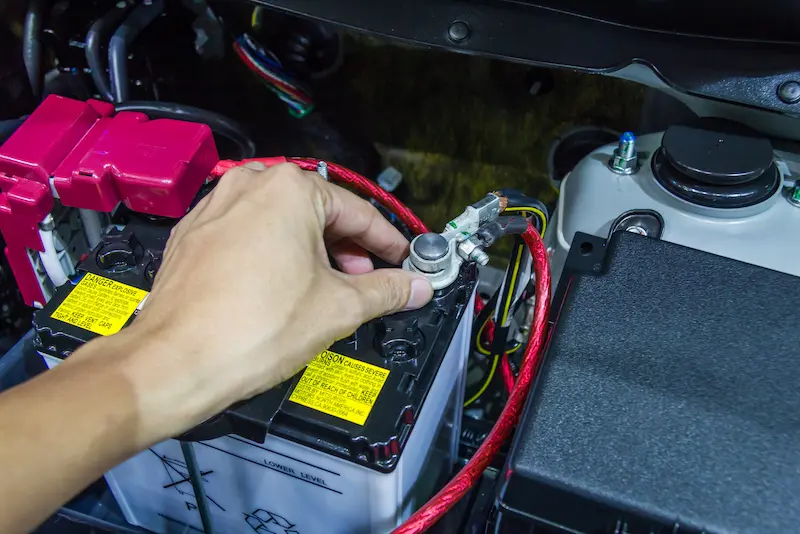
Professional Repairs and Costs
When DIY won’t cut it, here’s what to expect at the shop:
Alternator Replacement
- Cost Range: $450-$900 depending on model
- Labor Time: Typically 1-3 hours
- Parts Pricing: Toyota OEM alternators cost more but often last longer
- Warning Signs: Grinding noises, dimming lights, complete electrical failure
Battery Replacement
- Cost Range: $150-$350 depending on battery type
- Labor Time: Usually under 30 minutes
- Tip: Some dealers charge a “battery registration fee” for programming hybrid batteries
Wiring Repairs
- Cost Range: $150-$500 depending on complexity
- Common Areas: Alternator harness, battery cable routing, ground connections
- Warning: Electrical issues can be time-consuming to diagnose, increasing labor costs
Specialized Hybrid/EV System Repairs
- Cost Range: $200-$2,000+ depending on component
- Components: Charging modules, DC-DC converters, battery control units
- Dealer Advantage: Toyota dealers have specialized tools and training for these systems
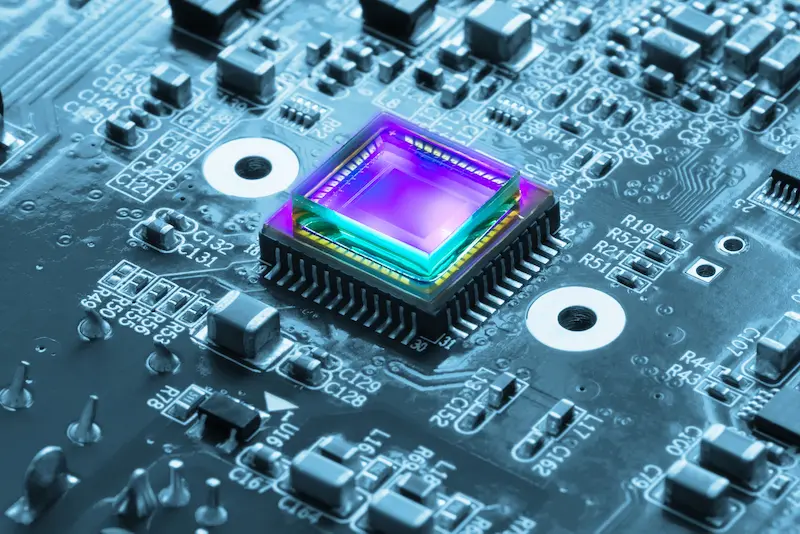
How to Prevent Future Charging System Problems
An ounce of prevention is worth a pound of cure:
Regular Maintenance
- Have your battery tested annually after it reaches 3 years old
- Keep battery terminals clean and tight
- Check belt tension and condition during oil changes
- Record voltage readings occasionally to spot gradual decline
Driving Habits
- Avoid frequent short trips that don’t allow full battery charging
- Minimize using electronics when the engine is off
- For hybrids, follow Toyota’s recommendations for maintaining the 12V battery
- In extreme weather, try to garage your vehicle when possible
Quality Parts
- Use OEM or high-quality aftermarket parts for replacements
- For batteries, choose brands with good warranties
- Consider upgraded alternators if you’ve added power-hungry accessories
- Use the battery type recommended for your specific Toyota model
Emergency Tips if Your Charging System Fails on the Road
If that warning light comes on while driving:
- Turn Off Non-Essentials: Immediately reduce electrical load by turning off the radio, AC, heated seats, and other accessories.
- Head to a Safe Location: You likely have 30-60 minutes of driving time on battery power alone. Don’t stop in dangerous areas.
- Get a Jump-Start: If your car dies, a jump-start will get you going temporarily – but your problem isn’t fixed.
- Call for Help: If you’re far from a repair facility, consider roadside assistance or a tow to avoid being stranded when the battery dies again.
- Temporary Fix: In a true emergency, sometimes disconnecting and reconnecting the battery can reset the system and buy you some time (though the problem will return).
When to Go to the Dealer vs. Independent Shop
For Toyota charging system issues:
Choose a Dealer When:
- Your Toyota is under warranty
- You drive a hybrid or plug-in model
- There’s a Technical Service Bulletin for your specific issue
- You need specialized programming or coding
Choose an Independent Shop When:
- Your Toyota is older and out of warranty
- You have a conventional (non-hybrid) model with basic charging issues
- You already know what part needs replacement
- You want to save on labor costs
Remember, Toyota’s charging system is generally reliable, but even the best systems eventually need attention. Addressing small issues promptly can prevent bigger problems down the road and keep you from being stranded when you least expect it.

